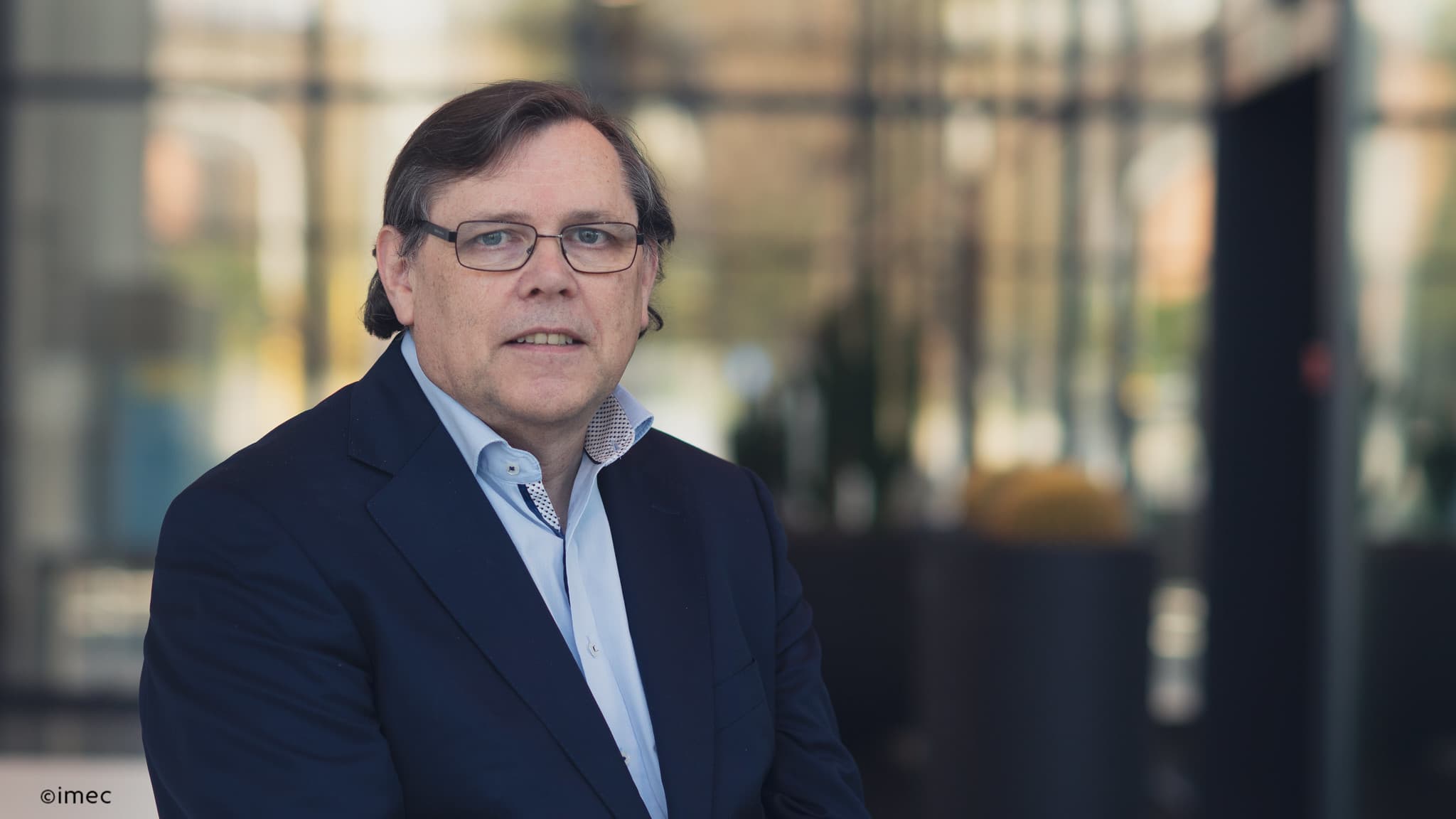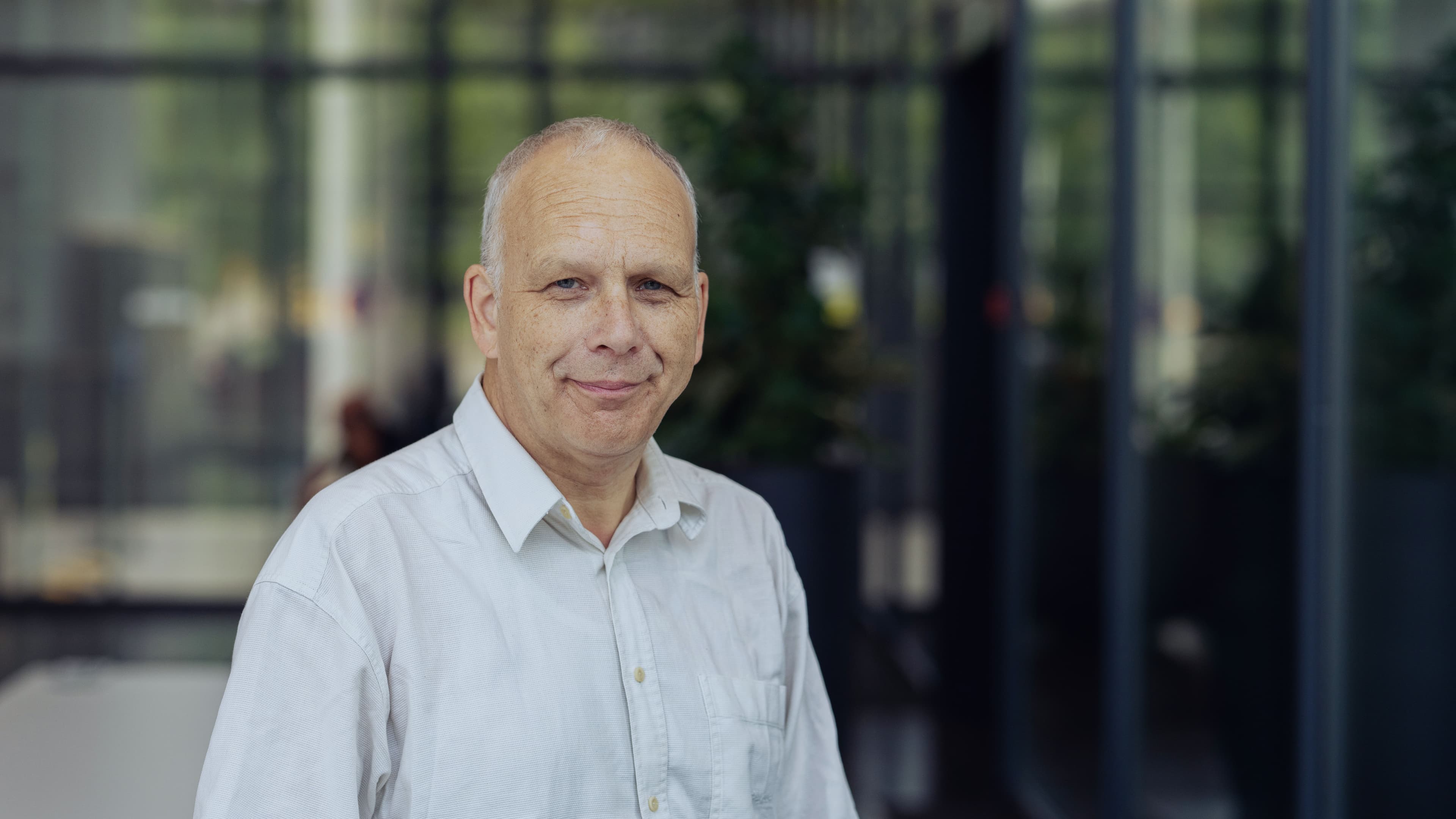“Eric is the world recognized visionary technical leader in the field of 3D integration. What makes him unique is his broad understanding of the system bottlenecks and his creative ability to propose practical engineering solutions with deep scientific analysis to back these up.” - Sri Samavedam, Senior Vice President, CMOS Technologies at imec.
Understanding technical matters is clearly one of the components for being successful in your field. According to Eric, technical knowledge is not enough. Passion, a broad vision, and ability to collaborate are also necessary. “People mainly do things they are passionate about, and you want to show them how to find that passion.” Eric also believes that it is important for everyone to speak up, say what they think, and challenge others. “This is the way to get better at your job.”
Cross collaboration, brainstorming, listening to others from different disciplines, and getting different perspectives are very important elements for reaching the goal. “When I joined imec, everything was in one chip, but now it's no longer one chip, it's many different chips,” he explains. “That is why it is interesting to me and why I like my job. Finding the middle ground to figure out what we could do together is often the most interesting question.”
Eric believes that applying these elements will be a big step forward. “The best ideas are coming when discussing things with people who think a bit differently. People may be working on one aspect of the program, but it is important that they see the other things as well. It is important to understand the broad vision of the program. Even if people do not understand it completely, they can see that there is a connection and that their work has a purpose.”
The other important thing for Eric is to have a discussion before applying technology. “Collaboration is a big challenge. You need to understand what other teams are doing, because even if you work on the same thing, the terminology is often different. When you understand what other teams are doing, you learn a lot.” His advice is to talk to people, collaborate with other departments, match interfaces, and together to find challenges and opportunities.
“Some companies work on a need-to-know basis, but you can’t achieve your goals if you don’t know what others are doing and you don’t speak the same language. The most important thing is to be open minded and look at the entire picture to make sure we work on things needed by the industry.
Eric's values are based on his long-time experience in imec and his way of working. “From the start, the focus was on realizing high bandwidth electrical connections between electronic devices, enabling tightly packed, high interconnect density, heterogeneous “Multi-Chip-Modules" (MCM). In the 1990’s we shifted from multilayer ceramic thick film technology to multilayer thin film technology on silicon wafers. When applying this type of technology to glass substrates, it allowed us to broaden the application space of MCM’s from high-speed digital to high frequency microwave.
At the end of 90’s, we also pioneered a very high-density 3D stacking technology. It was our bold start in what was at that time the emerging field of high-density 3D integration.
This work resulted in 2004 of the start of the 3D System integration Imec Industrial Affiliation Program (IIAP). This new way of working, pre-competitive research with industrial companies, from across the broad semiconductor supply chain enabled us, and continues to enable us, to push and drive the industrial roadmaps for “through-Si-via", die-to-wafer stacking, and wafer-to-wafer bonding technologies.
Multi-Chip Modules became known as silicon interposers, but the target of defining technologies that enable the realization of high-density, heterogeneous electronic systems, against the background of continued scaling of silicon devices, remains the focus of our research until today.“
Ready to set off on your own imec journey?
Published on:
17 March 2021














